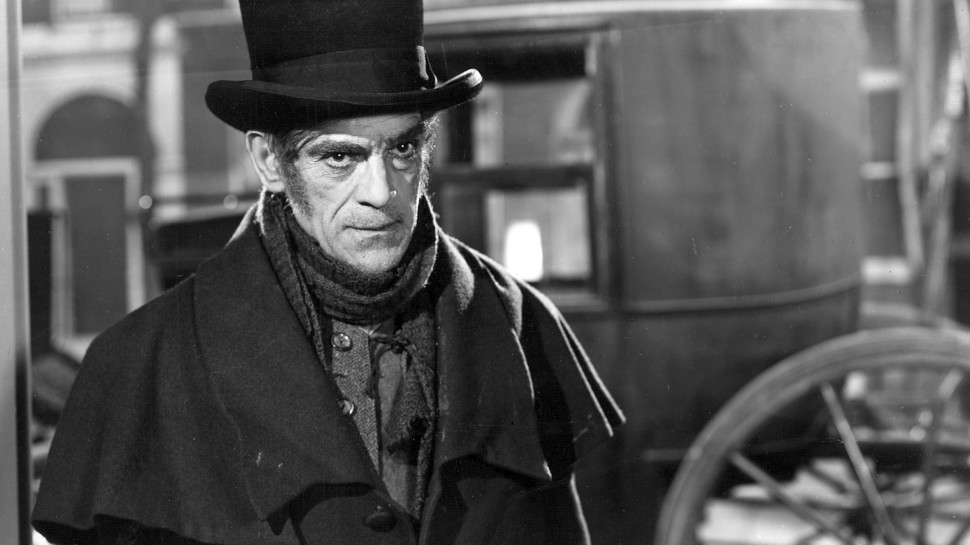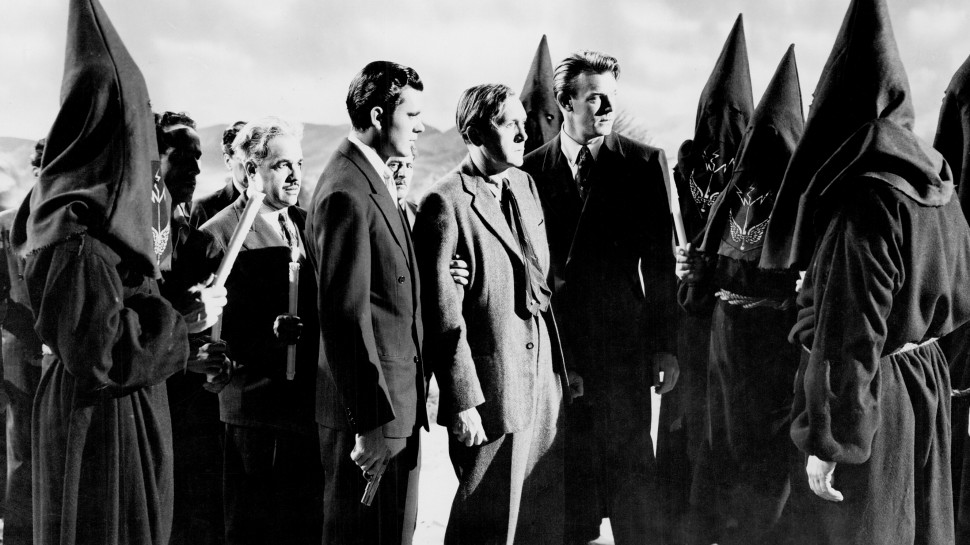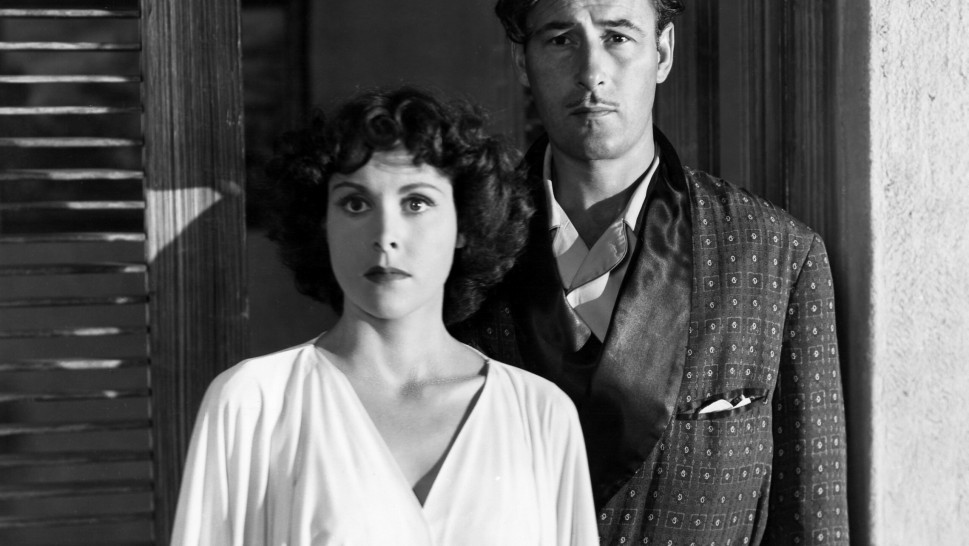



The Glitter of Putrescence. Val Lewton at RKO
A year after RKO released Citizen Kane (1941) to strong reviews but disappointing box office, the studio’s new production chief adopted the credo “Entertainment, not genius” and hired Val Lewton (1904-1951) to produce a series of low-budget horror films for easy profit. RKO supplied Lewton with outlandish titles (he thought I Walked with a Zombie especially vexing) and instructions to keep budgets under $150,000; beyond that he was free to indulge his taste for literary detail and refined craftsmanship. “Our formula is simple,” Lewton told an interviewer. “A love story, three scenes of suggested horror and one of actual violence. Fadeout. It’s all over in 70 minutes.” The very immateriality of Lewton’s “suggested horror” offers a kind of insight into its essentially interior quality: an unshakeable apprehension of death’s hold on life colored by melancholy and morbidity—a state of mind akin to William James’s “sick soul.” Writing from the point of view of those so afflicted, James posed the question underlying all of Lewton’s dreamlike productions: “If the natural world is so double-faced and unhomelike, what world, what thing is real?”
Lewton himself came from another world, emigrating from Russia as a young boy with his mother and sister. His aunt, the silent-screen diva Alla Nazimova, secured work for Lewton’s mother as a story reader at M-G-M; both women later encouraged Lewton’s writing and undoubtedly served as models for the many independent female characters found in his films. After years of working as a contract author—writing social realism, murder mysteries, even pornography—Lewton was hired as a story editor by David O. Selznick in 1934. The young man’s solicitous nature made him a soft touch for the notoriously demanding producer, but Lewton’s eight years with Selznick proved invaluable experience in the business of ushering story to screen. Following the runaway success of Cat People (1942), Lewton’s RKO debut, Selznick sent his protégé a congratulatory note that would set the tone for many subsequent appreciations: “I know no man in recent years who has made so much out of so little as a first picture.”
Of course Lewton’s legendary resourcefulness wouldn’t be worth mentioning if the shadows weren’t so voluptuous, the elliptical turns of plot so enticing. The contours of Lewton’s house style owed much to his early collaborators, especially director Jacques Tourneur and cinematographer Nicholas Musuraca. From the very first picture, when a stalking panther lurks unseen in the shimmering reflections of a swimming pool, beauty and terror figure as two sides of the same coin. “That luminous water,” a character murmurs in I Walked with a Zombie, “it takes its gleam from millions of tiny dead bodies, the glitter of putrescence.” That the films themselves should be similarly entranced with this specter of death seems especially remarkable given their era. If RKO’s meager budgets afforded Lewton a unique degree of creative control, perhaps it was the horror genre that provided him cover from the Office of War Information’s program of patriotic optimism (it was Tourneur who observed that “During war, for some mysterious reason, people love to be frightened”). Film noir broached a related form of isolation, but the mood of quiescence was particular to Lewton.
Indeed, many of the films’ most intensely lyrical passages seem to underscore a distinct lack of human agency—a heavy hook swinging uncontrollably on a ship, two men shuffling a corpse onto an empty subway train, the blood of an innocent girl seeping through her mother’s front door. More often than not, Lewton’s bit players and peripheral details seem more substantial than his curiously blank romantic leads. In the recesses of plot we find the indelible visions of despair that scholar Alexander Nemerov describes as Lewton’s “icons of grief”: the woman confronting Simone Simon in a Serbian restaurant in Cat People, the statuesque guardian of the voodoo ceremony in I Walked with a Zombie, the tubercular neighbor in The Seventh Victim,the mute sailor in The Ghost Ship, the street singer in The Body Snatcher, the gilded youth of Bedlam. These figures only appear on screen in passing, and yet their nearness to death leaves an indelible mark.
"I think that few people in Hollywood show in their work that they know or care half as much about movies or human beings,” observed James Agee in 1946, and today we may still find ourselves caught off guard to discover such precise characterizations and poetic effects waiting behind a title like The Curse of the Cat People. Lewton’s career ended in disappointment, but his five years and eleven films at RKO represent one of the most remarkable streaks in movies, undeniable evidence of the creative role of the producer and a high-water mark for the B-picture. – Max Goldberg, writer and frequent contributor to cinema scope













